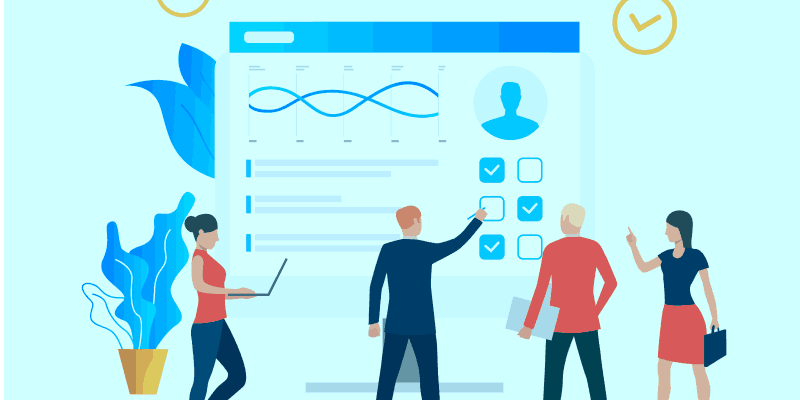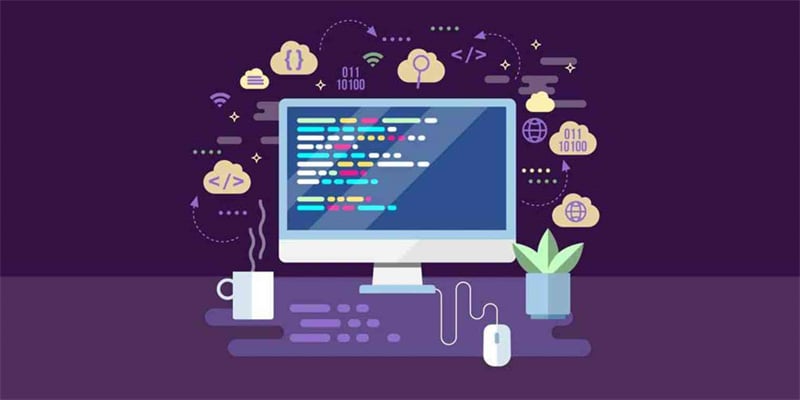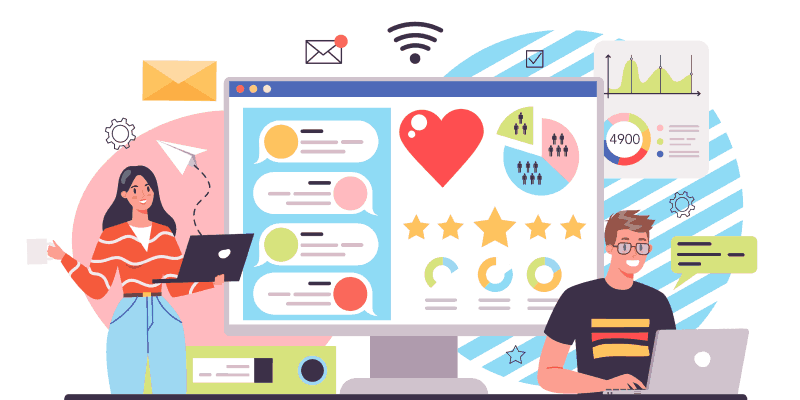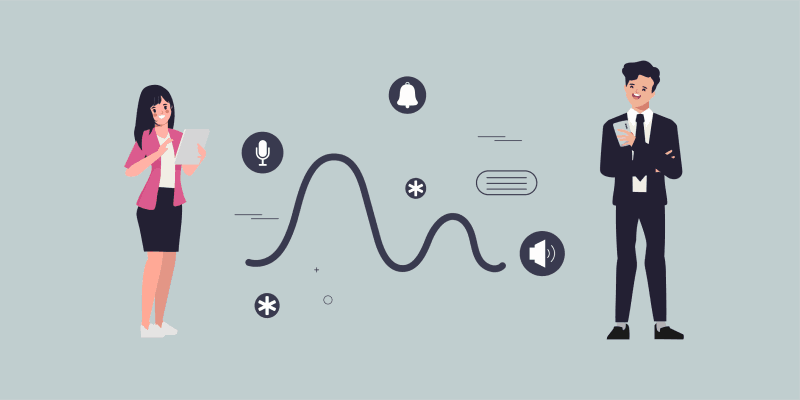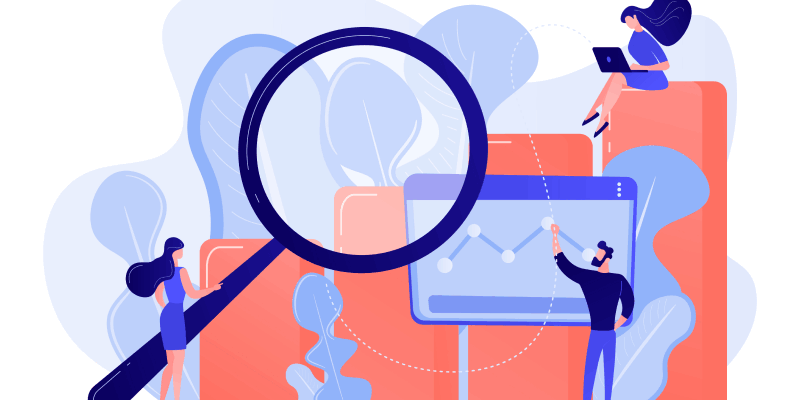Customer Education: Definition, How-To and Benefits
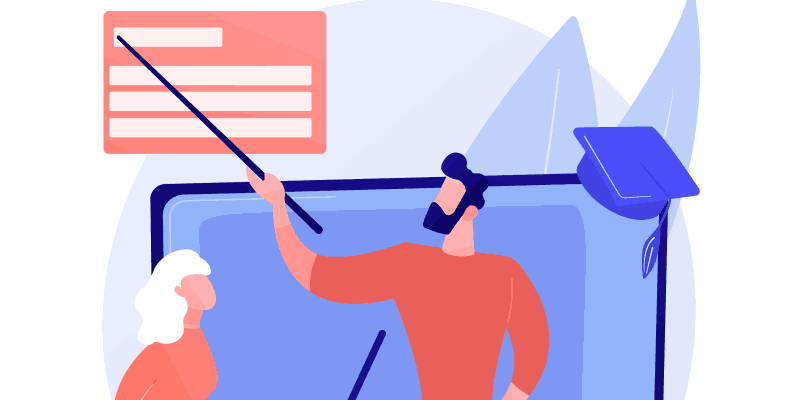
In a SaaS environment, onboarding new customers and educating existing customers about the new features can determine the course and your business growth.
If you manage to provide enough valuable resources about your product or service, there is a greater chance the customers will experience its value quicker, stay engaged, and stick to it longer. This is precisely what customer education or customer training is about.
In this article, we will explore the definition, types, examples, and benefits of customer education, and share effective ways to improve it.
What is Customer Education?
Customer education is the process of giving customers the resources they require to gain the knowledge and skills to successfully use your product or service. In other words, it is teaching customers how to resolve issues or overcome challenges they encounter during their journey and how to get the most value from the product.
Customer Education: Examples
Now that you know the customer education definition, let’s go over the most successful customer case studies and examples in SaaS that can help you get inspired and grasp its importance:
HubSpot Academy
Hubspot Academy offers free online training programs related to customer service, sales, and inbound marketing.
Customer case study: HubSpot’s successful customer case study is with Udemy, an online learning platform that uses HubSpot to engage and retain customers through personalized content and effective marketing campaigns.
Slack Guides
Slack Help Center offers online guides to help users understand how to use the platform easier. Includes topics like using advanced features, how to get started, Slack integration with other tools, etc.
Customer case study: Shopify uses Slack to enhance communication and collaboration within remote teams to improve productivity and efficiency.
Google Analytics Academy
Google Analytics Academy offers free online courses for tracking and analyzing website traffic. It covers a variety of topics, from basic to advanced ones.
Types of Customer Education
In SaaS, a well-designed and implemented customer education program can improve customer satisfaction and customer retention. Here are the most common and effective types:
- Onboarding tutorials
- Guided onboarding tutorials and walk-throughs designed to help them understand key functionalities and features of the software.
- Knowledge base
- Comprehensive knowledge bases with resources that help users resolve issues and learn how to use the software properly.
- Customer success managers
- Dedicated customer success managers help the users address the challenges, speed up the product adoption process, and get the most value out of the software.
- In-app guides
- These guides and toolkits can help users learn how to use the software while they are using it.
- Forums and communities
- This is a hub where users can ask questions, share experiences and ideas, and collaborate with other users. Including these customer education programs creates a sense of community among the customers, which is always beneficial.
- Email campaigns
- Having targeted email campaigns that include educational content and product updates keeps the users interested, engaged and well-informed. You can use customer success software like Akita to segment your customers by any trait you find important and send the cohorts customized email campaigns that they can get the most benefit from.
- Webinars
- Pre-recorded or live webinars help educate users about certain features or topics related to the software. They usually include videos about advanced or new features, best practices, and expert tips on how to use the product successfully.
Customer education in SaaS is one of the most important aspects that can lead to customer retention improvement, and this is the precise reason why you should implement not only one but a few effective customer education programs to help your customers get the most of your software and incorporate it into their workflow routines.
How to Educate Customers?
Educating customers in SaaS means providing them with the resources and information they require to understand how to use the software efficiently. Now let’s see some customer education best practices that you can implement today.
As SaaS products are frequently updated, it is crucial to keep the customer informed about the changes. You can do this by regularly communicating with them via email, website, or app.
It is always a good idea to offer various customer education training options. By providing customers with flexible training options, you are encouraging them to choose the one that fits their customer lifecycle point the best and their own learning pace. Giving instructor-led training is one of the most effective customer education programs.
Also, try to make educational materials as relevant as possible instead of being over-simplified. Remember, the point of customer education is to cover real-world applications of the software so that your customers can grasp the software’s benefits and value quickly.
How to Improve Customer Education
To improve customer education in SaaS, you must refine its strategies continually to ensure that the customers have all they need to succeed with your software. Now, let’s see some of the most effective ways in the SaaS industry.
Personalized education
Not every customer will use the software in the same way. The goal is to educate the customers about the features that they can benefit from the most, but you first need to know what those are.
This is where customer segmentation hits the spot. You can use customer success platforms like Akita to perform customer segmentation without any code, and create adequate learning paths and tailored content for each segment.
Gathering Feedback
Learn more about the customers’ experiences and needs via their feedback. This aspect of customer education strategy can help you improve educational programs and materials.
Integration with Support
To integrate educational resources with your customer support process, provide links to crucial educational resources in support tickets and help customers resolve the issues on their own. This customer education strategy can speed-up the product adoption process but also reduce support tickets.
Use Data from Analytics
Monitor customer engagement, product usage, satisfaction, and others, to identify areas for improvement and evaluate the effectiveness of your customer education strategies.
Benefits of Customer Education
Here are the top benefits of customer training that can help drive business growth and customer success:
- Improved product adoption and customer retention
- Customers who are educated properly are more likely to adopt your product fully quicker and use it continually. This leads to higher customer retention rates and increased customer lifetime value.
- Less support costs
- Well-educated customers are rarely in need of additional support, which leads to lower support costs and better resource allocation.
- Improved customer satisfaction
- Educated customers know how to use your product and derive value from it, which improves their satisfaction levels. Then, they are more likely to recommend it to others and help you improve customer acquisition as well.
- Improved brand loyalty
- Educated customers are more likely to stick to your brand as they know exactly how beneficial it is for them.
- Upsell and cross-sell opportunities
- When the customer understands the value of additional services or products you offer, they are more likely to decide to try them.
Conclusion
Customer education is one of the most critical components in the SaaS industry, as it can improve customer retention, loyalty, and brand perception.
By having a set of well-designed customer education strategies, you can build a loyal customer base, increase brand loyalty, and give your business a competitive edge.
Use Akita to segment your customers and offer personalized customer education content to each cohort, and never miss an opportunity to deliver each customer what they need the most.
Frequently Asked Questions
What are the roles in customer education?
Customer education roles include product manager, customer success manager, content creator, trainer, tech support, and customer education manager. They should work together to ensure that customers have the support and education they require.
How do you manage customer education?
First, define your goals. Then, make sure to understand your audience to the core. Take time to create valuable educational resources and deliver the given content via various channels. Use customer feedback to refine the customer education programs, and measure success by tracking metrics.
What do you educate customers about?
It is important to educate your customers about different aspects of your software to help them understand how it works. Besides product features and best practices, include use cases, updates and new features, as well as support and troubleshooting.

